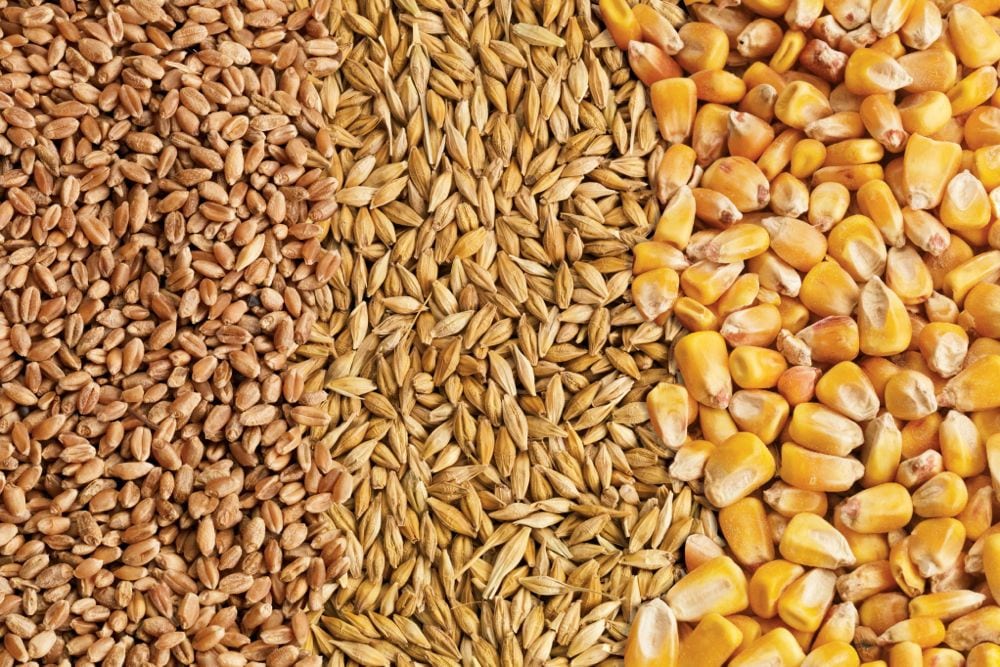Rains delaying U.S. corn planting pushed up corn futures on Friday and pressured deferred soybean futures amid expectations that farmers may switch some acres from the grain to the oilseed.
Traders took notice of threats to corn planting as Commodity Weather Group indicated a larger portion of the Midwest than previously expected will probably receive 1.3 to 5.1 cm of rain next week.
U.S. farmers are projected to harvest a record corn crop this year, although poor weather would change the outlook.
“A lot of us were looking for an inch” of rain next week, said Rich Nelson, chief strategist for Allendale.
Read Also

Feed Grains Weekly: Good export demand pushing up domestic prices
Prices for feed barley and wheat have been trending higher lately, said analyst Jerry Klassen of Resilient Capital in Winnipeg.
Heightened concerns about planting were a turnaround from Thursday, when corn prices tumbled as traders shrugged off a Midwestern deluge that raised hopes for an end to the historic drought that sent prices of the grain to record highs last summer.
Farmers are not expected to give up on planting corn because of poor weather until May.
However, some are already talking about the potential of switching some acres intended for corn to soybeans, said Mike Zuzolo, president of Global Commodity Analytics + Consulting.
Traders were buying December corn and selling November soybeans, the contracts that represent the crops that will be harvested next fall, based on expectations for some switching, he said.
Sharper focus
Worries about the potential for planting delays are likely to come into even sharper focus next week, said Rich Feltes, vice-president of research for R.J. O’Brien.
A weekly update on planting progress from the U.S. Department of Agriculture on Monday will probably show that no more than seven per cent of the corn crop has been seeded, he said. Last year, 28 per cent of the crop was planted at that point as warm weather favoured field work.
“2013 U.S. corn planting, at least initially, will be off (to) a delayed start,” Feltes said.
At the Chicago Board of Trade (CBOT), nearby May corn gained 1.2 per cent to $6.52 a bushel. December corn rose 1.1 per cent to $5.47 a bushel (all figures US$).
Soy setback
End-of-the-week profit-taking added pressure to soybeans after prices jumped Thursday on concerns about shrinking old-crop supplies. Analysts said prices still need to rise to slow demand.
“Don’t let planting delays divert your attention from export sales data, which is still brisk across (the) soy complex,” Feltes said.
Nearby soybean futures, in particular, have climbed recently on expectations that shipping delays in Brazil could steer more demand to the United States, where supplies are projected to shrink to a nine-year low ahead of the autumn harvest.
May soybeans slipped 0.2 per cent to $14.28-1/4 a bushel, while November soybeans lost 0.9 per cent to $12.13 a bushel.
May soymeal continued to rise on strong demand, gaining 0.3 per cent to $412.40 per short ton.
Wheat watches weather
U.S. wheat prices jumped amid worries that rains could damage the soft red winter wheat crop growing in the Midwest and that cold could hurt hard red winter wheat in the Plains, traders said.
Frigid temperatures on Friday led to “only very spotty damage” in parts of southwestern Kansas, far north-central Oklahoma and the western edge of the Texas Panhandle, according to Commodity Weather Group. Another cold snap could cause more damage next week.
Rains also may delay planting of spring wheat in the northern Plains.
— Tom Polansek covers ag commodity markets for Reuters in Chicago.
Related story:
Eight Mississippi River locks to close due to flood, April 18, 2013















